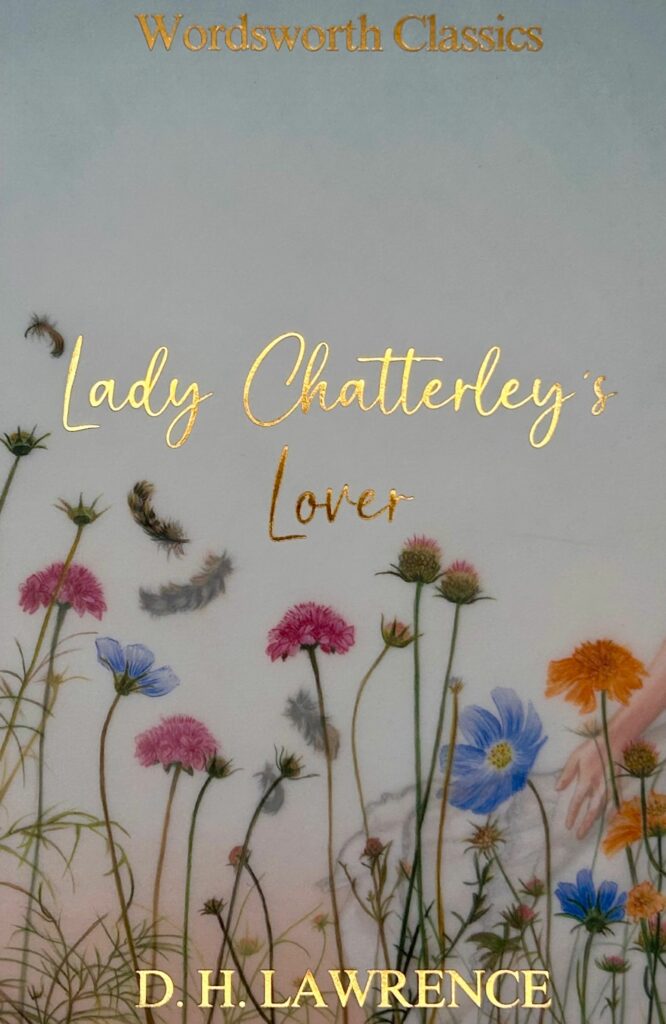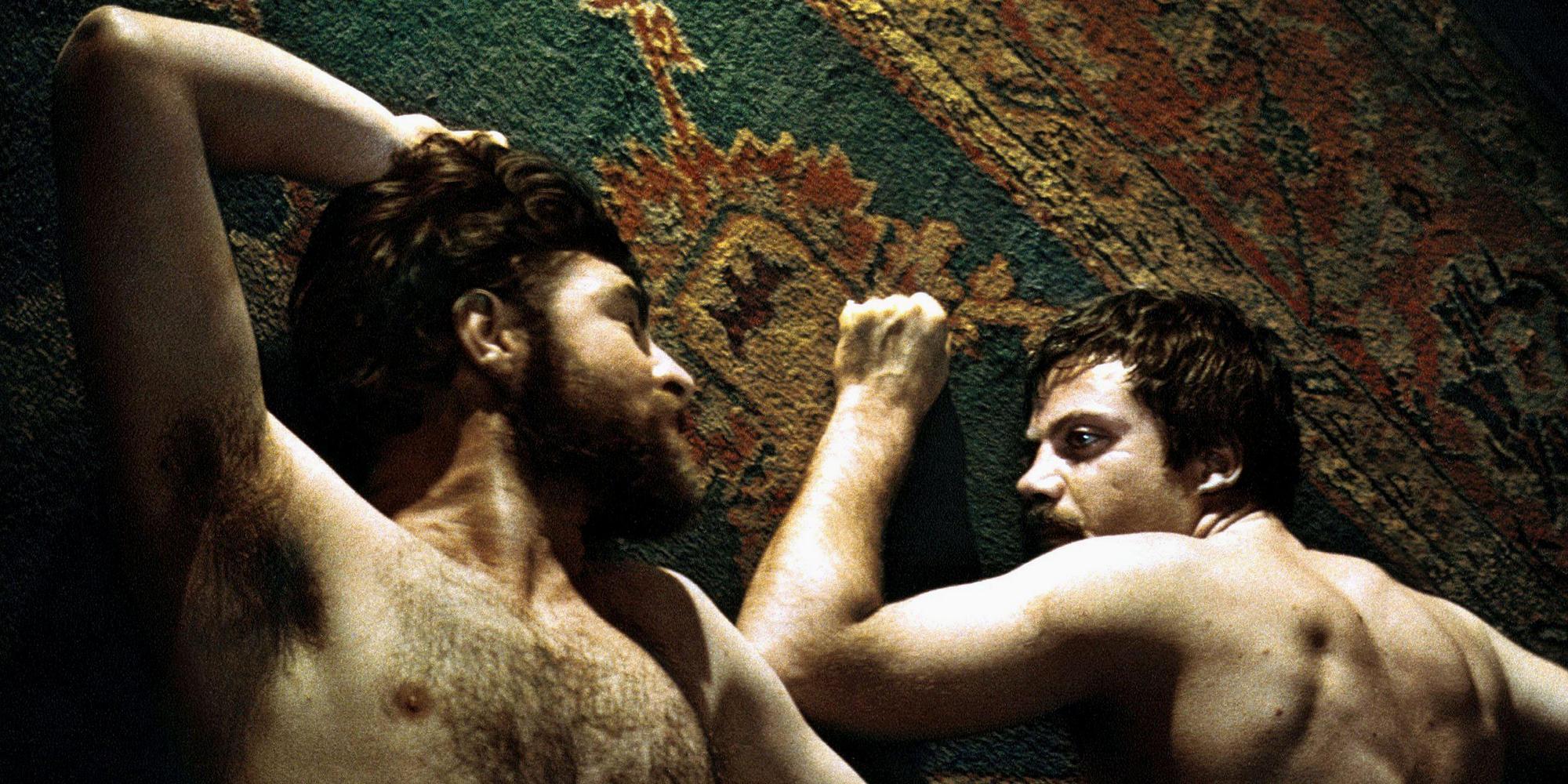
‘It’s a Sin’
As ‘It’s a Sin’ comes to the end of its run on Channel 4, and we celebrate LGBTQ+ History month, Sally Minogue looks at the sometimes hidden history of diverse sexualities in literature.
It’s a Sin (writer Russell T. Davies, director Peter Hoar) has been the standout television success of early 2021, the first live episode on Channel 4 securing an audience of 1.6 million, with a further 6.5 million plus watching it on All 4 via streaming in the first few weeks. Not exactly what might have been predicted for a drama about the AIDs epidemic of the 1980s, which was going to end only one way. Indeed, Channel 4 turned down Davies’ first approach, and then so did BBC and ITV. Was it the gay sex, or the death, or the unbeatable combination of the two? Whatever their pusillanimous reasons for rejecting it, this stunning drama might not have been made at all. It was the keen advocacy of commissioning editor Lee Mason that eventually brought Channel 4 back on board; and they have had their ample reward, with a show that will be part of television history. Yet that success is actually not surprising, is it? This whole last year has, let’s face it, been a deferred meditation on death. It’s the subject we have done everything to distract ourselves from, by knitting, sorting out our cupboards, getting a dog, making bread, painting the kitchen, sorting out more cupboards, reading Proust, not reading Proust, doing Joe Wicks, putting our bookshelves into alphabetical order, walking walking walking – and eating and drinking. Lots of eating and drinking. After all, where does that old precept come from? ‘Eat, drink and be merry, for tomorrow you die’?[1] Well, maybe there hasn’t been much of the being merry; to be properly merry, you really need other people.
One of the wondrous things about It’s a Sin is that there is a super-abundance of other people, consorting together joyously, having a right royal good time in as fleshly and human a way as possible. And that too is surely part of its appeal in our sequestered times where even a hug is hard won. Bodies flung together in, yes, gay abandon – and on the telly, coming straight into our living rooms. Hats off to Russell T. Davies, and to those who bought into this production, for showing at full throttle the sheer and innocent pleasure experienced by Roscoe, Ritchie, Ash, and even the luckless Colin (a sweetly touching performance from Calum Scott Howells in his television debut) – a pleasure reprised by Ritchie (Olly Alexander), if only in words and memories, in the final episode. And in the midst of that, all the brutality of young men dying, the bodily physicality of their deaths, and the attendant grief and loss. This was never a gloom-and-doom drama, even less so a sentimental one; but its gloriously happy periods were matched, as in all real tragedy, by harrowing distress, of a sort that stays with the viewer long after the screen has gone dark. It made us look full on at that thing we’ve all been trying to avert our gaze from. That in the end was its strength.
So It’s a Sin found its perfect viewing moment, though it was made pre-pandemic, itself innocent of the knowledge of what was to come. But it did benefit from a political, social and legislative climate in which images of same-sex love and pleasure can, finally, be streamed straight into our homes. Spare a thought, then, for a very different time, when print publication was subject to levels of censorship as antediluvian as the sexual and moral norms of the 1980s. There are two significant dates in British law for the freeing up of expression in the area of sexuality, one to do with literature and one to do with the way we live our lives. In 1960, the Lady Chatterley trial was a test case for the Obscene Publications Act (1959), with its allowable defence of a work’s having artistic merit or being for the public good [ref my blogs on Lady Chatterley, Sept 4 and Sept 7, 2015]. And in 1967, the Sexual Offences Act legalised homosexual acts in private between consenting adult males above the age of 21, in England and Wales. (Same sex acts had never been illegal between women; they were simply not written into the law, and thus didn’t need to be written out of it.) Works published prior to these dates were thus subject to actual censorship under laws relating to a strict definition of obscenity, and to the self-censorship predicated on the fear of readers’ conflating the subject matter with the life of the writer.
Certain names shine out here: Walt Whitman, Oscar Wilde, Radclyffe Hall all gave literary expression to same-sex love in their writings in their own time. It is easy to forget, when we laud these writers in our own liberal days, what extraordinary risks they took. Wilde’s risks, which were personal as well as literary, led to his conviction for gross indecency, with the punishment of two years’ hard labour, public humiliation, subsequent self-exile in France, and the shortening of his life. (His last days are brilliantly documented in Rupert Everett’s film The Happy Prince, see the blog by myself and Stefania Ciocia, July 17, 2017.) De Profundis, published only after his death, is his own moving testament of those times, told through his letter to Bosie (Lord Alfred Douglas, his lover), since letters were allowed to be written in prison, whilst literary works were not. The Ballad of Reading Gaol (1898), written after his release, is ostensibly about the execution of fellow prisoner and murderer, Charles Wooldridge, but Wilde places himself alongside Wooldridge and all prisoners, since ‘each man kills the thing he loves’. Wilde’s time in Reading Gaol was marked with a notable Artangel project (artangel.org.uk), Inside (2016), set in Reading Prison, in which actors gave readings of his prison-inspired works, and artists created commemorative installations. Ben Whishaw, one of the readers in that event, appeared in a poignant short film, The Man on the Platform (2017), written by Mark Gatiss, incorporating two brief encounters on a station platform, one between a hospital orderly and an officer, both returning from the Front in the First World War, and the other between the orderly and Oscar Wilde as he was being transferred to Reading Gaol. These later artistic emanations and commemorations remind us of the line of tradition and counter-tradition, the fine-spun spider’s web of influence, which allow an earlier artist’s ideas and inspiration to inform later generations who were less confined by social and legal strictures than their forebears.
Radclyffe Hall’s The Well of Loneliness, an admittedly rather earnest novel about female same-sex love, was prosecuted for obscenity soon after its publication in 1928 following a vicious campaign by James Douglas, the editor of the Sunday Express, who opined ‘ I would rather give a healthy boy or a healthy girl a phial of prussic acid than this novel’. The novel was banned, and existing copies were ordered to be destroyed. The same fate had met James Joyce’s Ulysses, though in that case it was his explicit writing about heterosexual sex and female desire that was judged obscene. Although it was published in Paris in 1922, it was banned in America (and copies routinely burnt by the U.S. Postal Service) until 1934, and in England until 1936. Hall’s novel was finally published without challenge in England in 1949.
Walt Whitman, the earliest of my examples of overt literary expression of male/male sexual desire and love, remains an interesting example. Though an early reviewer asserted confidently, ‘we leave this gathering of muck to the laws which … must have power to suppress such gross obscenity’, there was never an actual legal challenge nationally to Leaves of Grass. There were occasional individual objections, the most notable being that of Boston District Attorney, Oliver Stevens, in 1882, who threatened Whitman’s publisher with suppressing the book unless certain passages were removed. This only led to Whitman’s finding another publisher willing to defy the threats, and Leaves of Grass was never brought to trial in America under obscenity laws. The highly popular editions that became available in England (first in 1868, then in a cheap popular edition in 1886) were, however, bowdlerised, including the removal of the whole of the ‘Song of Myself’. Whitman later referred to this as ‘the horrible dismemberment of my book’.[2] The British Everyman edition of 1912 restored ‘Song of Myself’ and, in consultation with Whitman’s literary executors, followed Whitman’s 1871-73 edition, providing the first uncensored edition of Leaves of Grass published in Britain.
Whitman may have escaped the American censor in part because he was writing poetry, not easy to pin down in the way one can pin down the narrative of fiction. In addition, his work lent itself to a symbolic reading, in the context of his appeal to ‘democratic vistas’, his large poetic embrace which took in everything – man, woman, child, the ‘red girl’, ‘the runaway slave’, the animals which he could turn to live with:
In me the caresser of life wherever moving, backward as well as forward sluing,
To niches aside and junior bending, not a person or object missing,
Absorbing all to myself and this song.
(Wordsworth edition, p. 32)
He also professed himself amazed when readers saw the ‘Calamus’ poems, in particular, as expressing male/male desire. But then he also pretended that he had fathered six children! These were surely understandable personal defences. In his poetry it is indeed the large embrace, the barbaric yawp, that is paramount; the love of men and the tender appreciation of their bodies is one element – an important element – in that. [A fuller account of this aspect of his work can be found in my blog, May 31, 2017]
It was part of the remit of the Modernist writers of the 20th century to challenge sexual norms and to push the boundaries of expression in that area. Joyce I have mentioned; and perhaps there’s a slight disappointment that the towering figure of this period didn’t write much about same-sex love. D. H. Lawrence, a pioneer of writing about sexual unorthodoxy, and an admirer of Whitman (if a slightly grumpy one), had constant run-ins with the laws of obscenity. Much of his fiction was first published abroad. His major novels The Rainbow and Women in Love were originally two parts of one novel. The Rainbow (1915) was banned in Britain following a prosecution for obscenity; it was subsequently published in America. As a result, Women in Love had its first publication in America also (1920). When it came to Lady Chatterley’s Lover, Lawrence’s publishers urged him to make some cuts to ensure the public could read it: ‘So I begin to be tempted and start in to expurgate. But I might as well try to clip my own nose into shape with scissors. The book bleeds.’ (Phoenix II, Heinemann, 1968, p. 489). We can see the effect of Lawrence’s struggling to write faithfully about sex, whilst at the same time trying to keep his writing publishable, in Chapter 20 of Women in Love, which has one of the frankest male/male sex scenes of that or perhaps any, period. Remarkably, it has not always been interpreted as directly portraying a sexual act, perhaps because it is under cover of a naked wrestling scene. That is something that has been made much fun of, especially since its interpretation in Ken Russell’s film of the novel, with Oliver Reed as Gerald. But think for a minute of the writer, trying to do his best in interpreting some sort of physical love between two men. How to do this and to get it published? At the end of Women in Love, Birkin (one of the wrestling pair) tries to explain to his female lover, Ursula, why he needs the love of a man as well as that of a woman. It’s the intellectual, conversational equivalent of the wrestling scene. Ursula doesn’t get it, and who can blame her? But full marks to Lawrence for giving it a go. These scenes were always going to be ripe for laughter. But perhaps that’s an uneasy laughter, replacing the effort to understand that with which we may be unfamiliar.
The alternative to Lawrence’s willingness to make a fool of himself by being over-earnest is the self-censorship E. M. Forster exerted in not trying to publish his novel Maurice. He wrote this celebration of homosexual, cross-class love in 1914, four years after Howards End and ten years prior to A Passage to India. A seminal novel, then, in Forster’s oeuvre. Yet it was regarded by Forster himself as unpublishable while homosexuality remained against the law. Perhaps he also feared it would bring undue notice to his own sexuality if published in his own lifetime. As he himself said, ‘a happy ending [to the novel] was imperative’, but ‘it has made the book more difficult to publish … if it ended unhappily, with a lad dangling from a noose or with a suicide pact, all would be well’.[3] It was published posthumously in 1971. But think how the trajectory of Forster’s writing career might have been seen differently if it had been published when it was written, 57 years earlier. Coming out – and coming out – as it did after Forster’s death, it had a mixed critical reception which was probably skewed by the reviewers’ own uncertainty about how to differentiate between the novel as art and what it revealed about its author. Censorship, conscious or unconscious, can occur at all levels of the publication process, including reviewing and critical reception.
A theme emerges here, linking fiction with the writer’s own life. Forster’s view of publishing Maurice was bedevilled by its entanglement with his own life and sexuality. Could we perhaps in the 21st century have a novel about sexual diversity which did not entail our linking the author’s life with its fictional subject matter? If we look back at fiction which was subject to the laws of censorship and the internal regulations of self-censorship I’ve been outlining, we notice novels which give a role to same-sex relationships without necessarily making them stand out from, or at odds to, the rest of the work. Virginia Woolf’s Orlando is, in one way of looking, all about changing sex; but it is not only or even primarily about that. Changing sex is a vehicle in it for all sorts of ways of looking at the world, at time, at history. And it is also indeed about changing sex. Mrs Dalloway has at its centre a scene from the past in which Clarissa Dalloway once kissed Sally Seton. This sensual moment, this memory, reverberates through the novel; it feels like the single most important thing that happened to Clarissa. But it is one part only of the novel, which also encompasses Septimus Smith’s post-First World War hallucinations, and Clarissa’s own sense of the existential abyss lying below both the florid life of the street and the regulated interiors of comfortable London townhouses. Now certainly, Woolf knew whereof she spoke regarding same-sex feelings, and I think that the powerful sense of dislocation she articulates in her work has something to do with not being able to express that centrally or directly. So perhaps her looking aslant at that subject works in favour of the greatness of the writing. But who knows? Maybe, in today’s climate, Woolf would have written an astonishing novel about female/female love. And instead of my banging on about how good she is at capturing the existential abyss, I’d be celebrating her joy in the female body, in the same way that I’m celebrating Russell T. Davies’s joy in the male one. The thing is, Davies gets the abyss bit too. Now that is a work of art.
Radclyffe Hall, The Well of Loneliness; D. H. Lawrence, Lady Chatterley’s Lover and Women in Love; The Complete Poems of Walt Whitman (based on the last edition revised by Whitman himself); Oscar Wilde, De Profundis and The Ballad of Reading Gaol; and Virginia Woolf, Mrs Dalloway and Orlando, are all available from Wordsworth Editions, as are various other of these writers’ works.
The Man on the Platform, and extracts from Inside, the Artangel Reading Prison project, can be found on YouTube.
Image: Oliver Reed and Alan Bates in the film Women in Love (1969). Credit: Allstar Picture Library Ltd. / Alamy Stock Photo
[1] This is not in fact an actual quotation from the Bible, but conflates two passages, Ecclesiastes 8:15 and Isaiah 22:13. The message remains obvious.
[2] References here are to Ezra Greenspan, ed., Walt Whitman’s Song of Myself, Routledge, New York, 2005. Further information on the complicated publishing history of Leaves of Grass can be found at whitman.org.
[3] Forster, Terminal Note to Maurice, Edward Arnold, London, 1971, p. 236
Books associated with this article
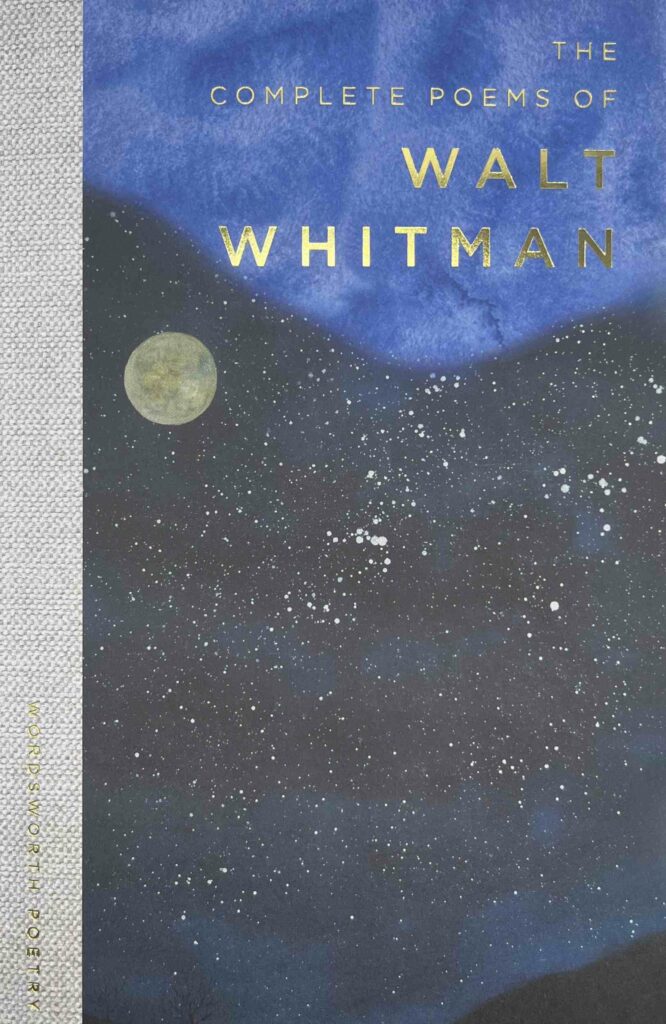
The Complete Poems of Walt Whitman
Walt Whitman
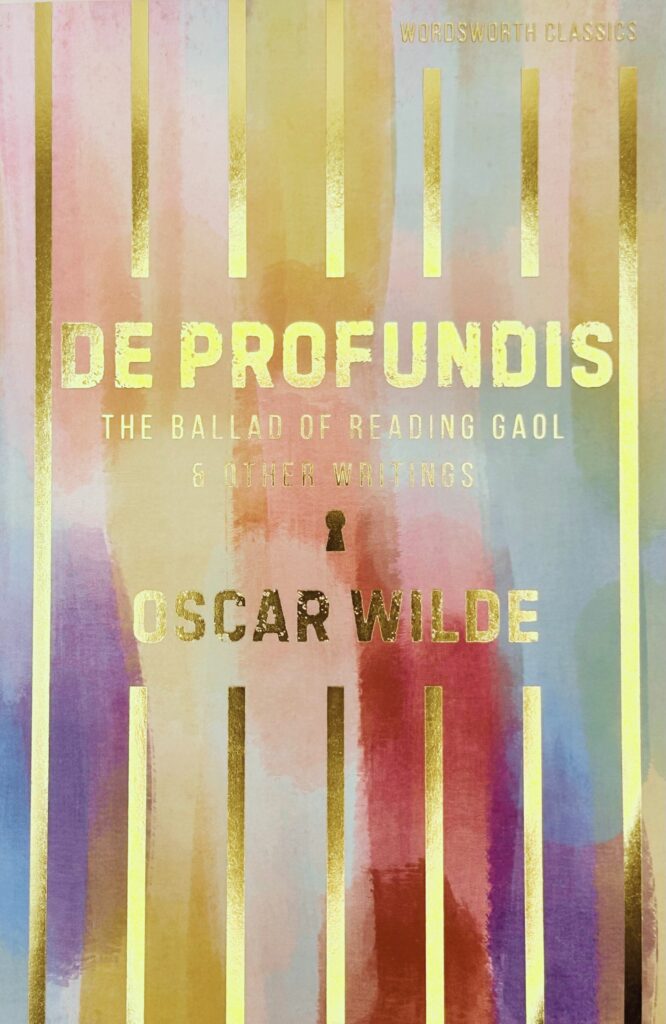
De Profundis, The Ballad of Reading Gaol & Other Writings
Oscar Wilde
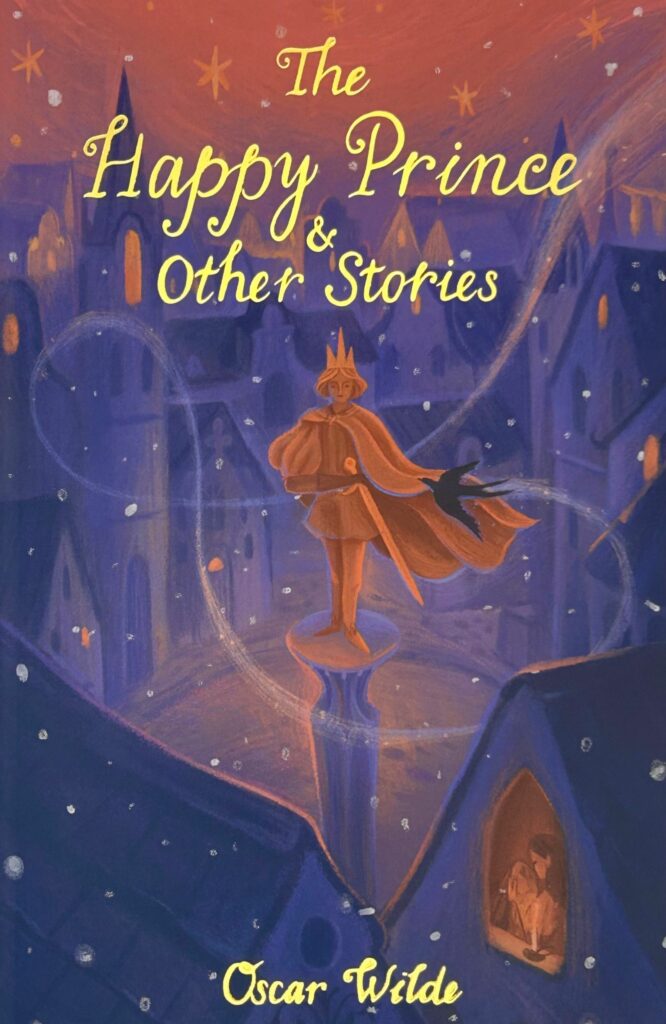
The Happy Prince and Other Stories
Oscar Wilde
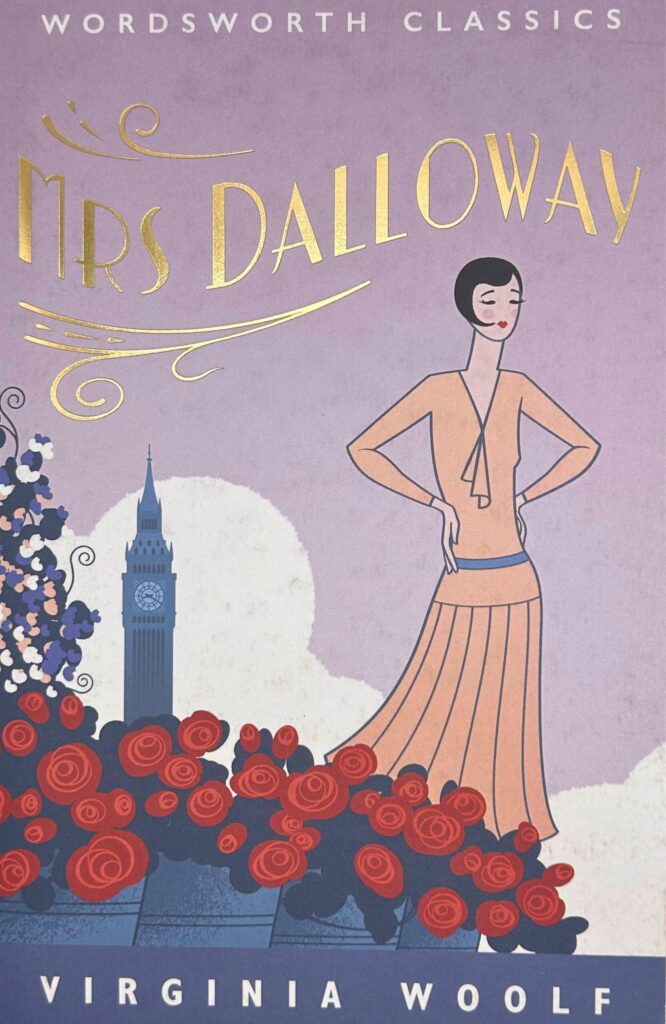
Mrs Dalloway
Virginia Woolf
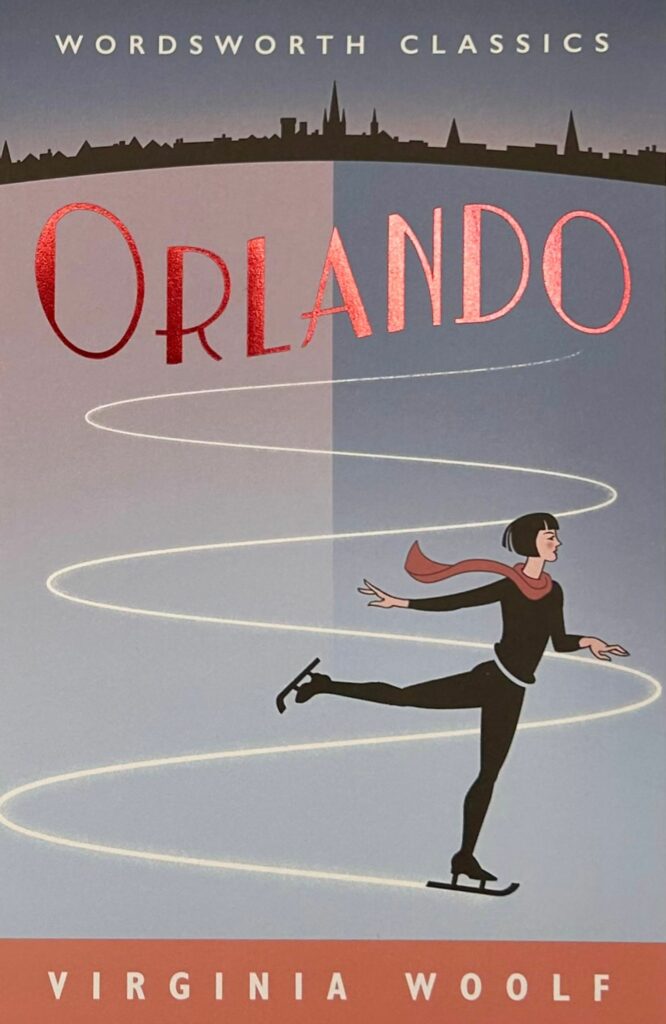
Orlando
Virginia Woolf
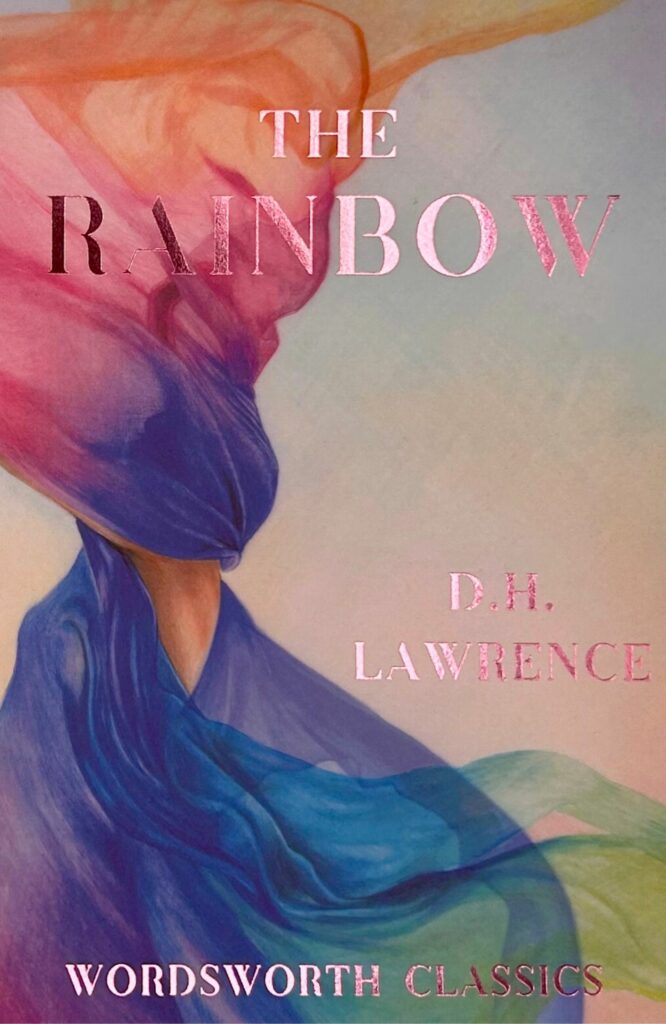
The Rainbow
D.H. Lawrence
The Well of Loneliness
Radclyffe Hall
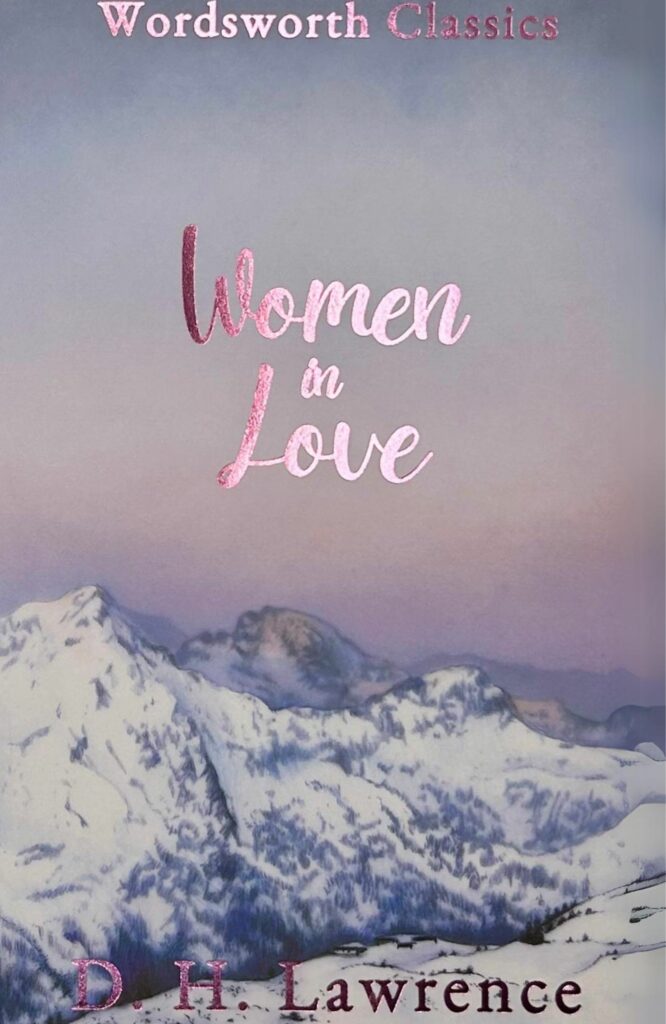
Women in Love
D.H. Lawrence
